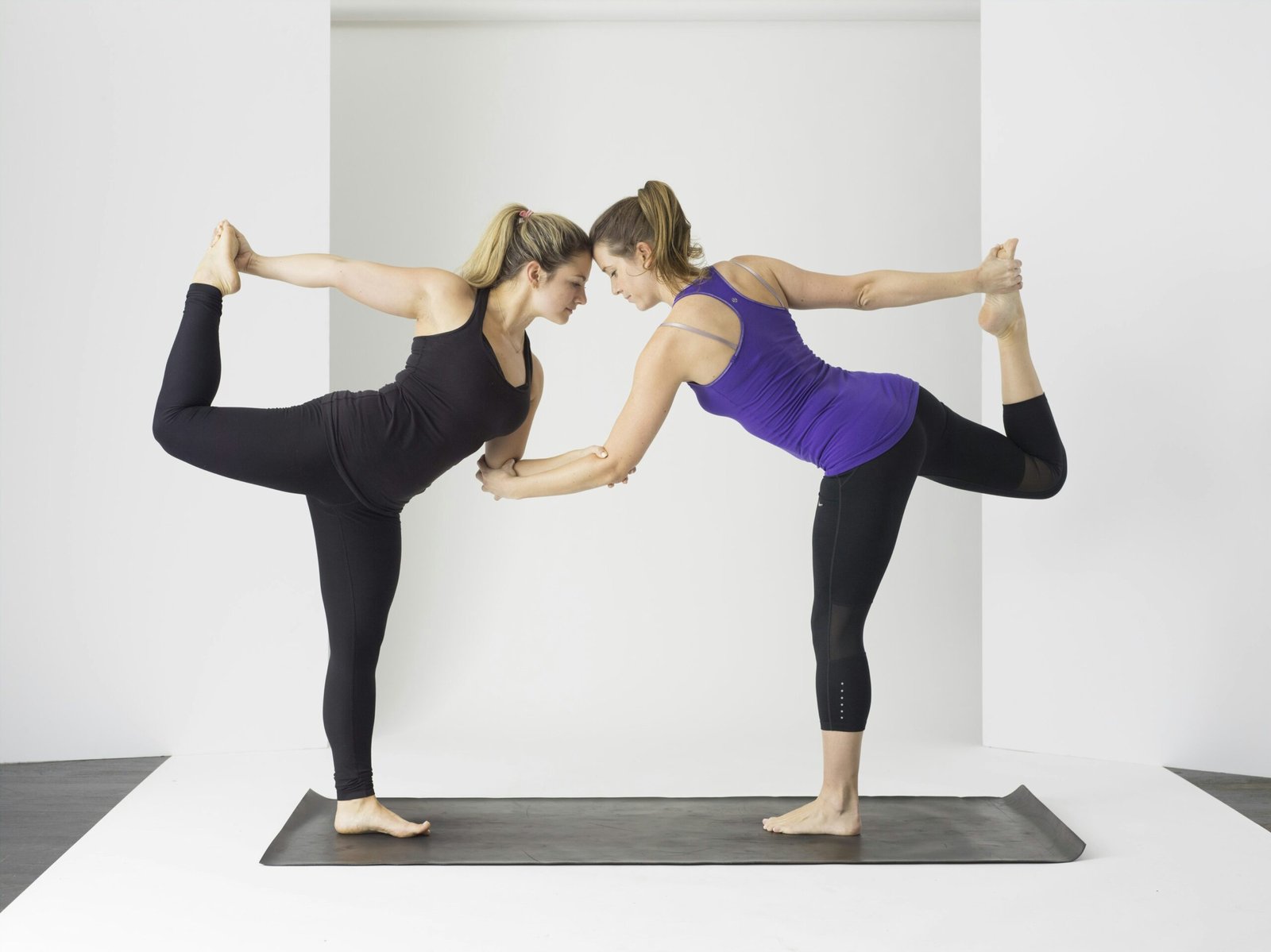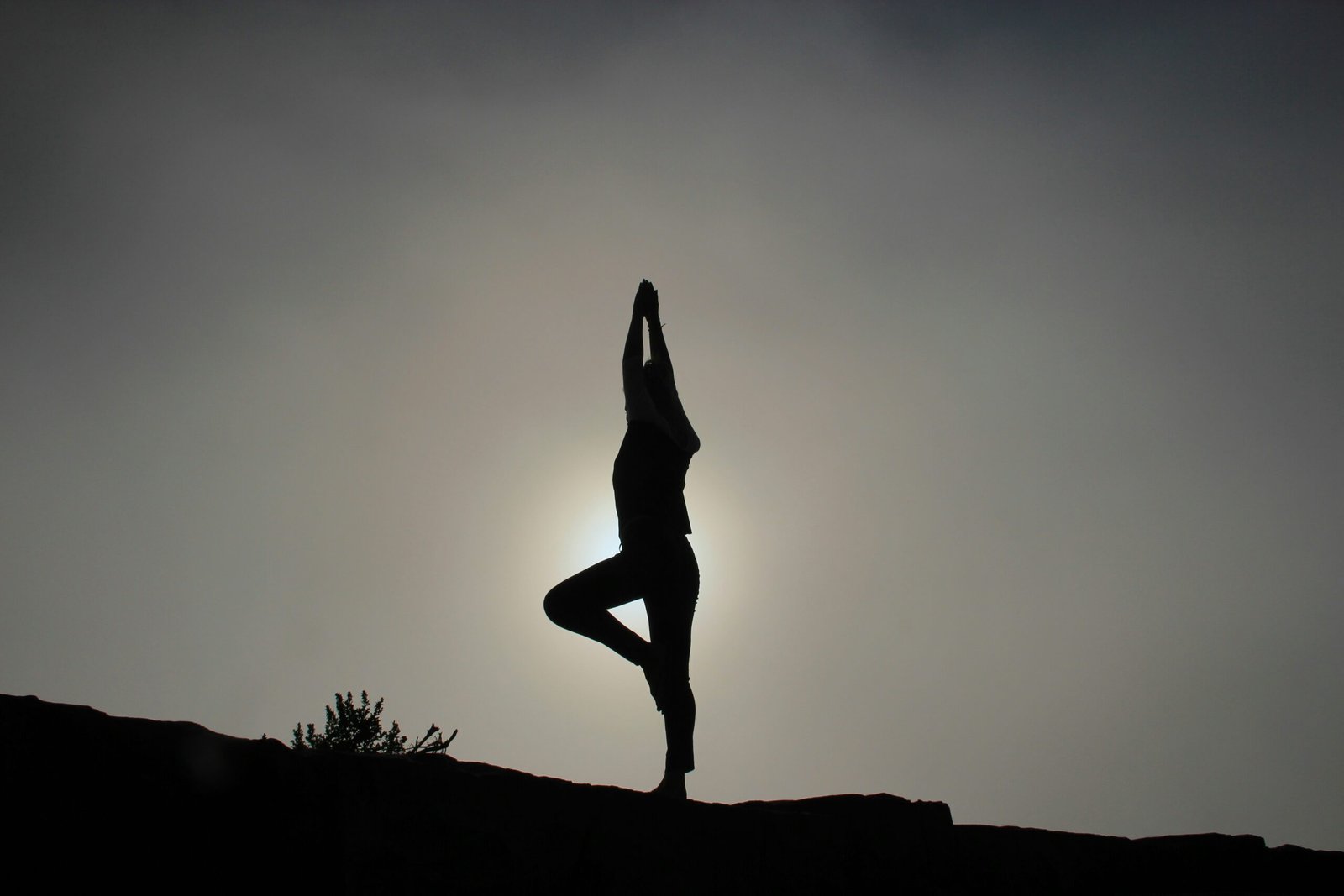
The Importance of Morning Yoga
Practicing yoga in the morning holds significant value for individuals seeking to enhance their daily well-being. Engaging in this discipline shortly after waking can lead to increased flexibility. The series of morning stretches target different muscle groups, promoting blood circulation and loosening the body after hours of rest. Enhanced flexibility is particularly beneficial, as it helps to prepare individuals physically and mentally for the day ahead.
Moreover, morning yoga has been linked to an improved mood. The style of practice often incorporates breath control and meditative elements, which can help release endorphins, the body’s natural feel-good hormones. This positive emotional state can set a constructive tone for the day, alleviating stress and promoting a sense of calm. With consistent practice, practitioners may find their resilience against daily pressures heightened, enabling them to navigate challenges with greater ease.
Another crucial benefit is the enhancement of concentration. Engaging in yoga requires focus and mindfulness, encouraging individuals to direct their attention inward. This meditative state not only sharpens mental clarity but also primes the mind for the tasks ahead, leading to improved productivity throughout the day. Establishing a routine that integrates yoga fosters discipline, encouraging practitioners to carve out time for themselves before the demands of daily life take precedence.
Furthermore, the energizing effects of morning yoga cannot be overstated. The physical activity stimulates the body, awakening the senses and providing an invigorating impetus for the day. The act of stretching and moving promotes a greater sense of well-being, fostering a mind-body connection that persists beyond the mat. In conclusion, incorporating yoga into a morning routine can significantly influence overall health, enhancing flexibility, mood, concentration, and energy levels for a productive and positive day.
Essential Yoga Poses for Beginners
Yoga serves as a remarkable practice that enhances flexibility, strength, and mental clarity. For those just starting their yoga journey, incorporating a few essential poses can set a positive tone for the day. Below are five key yoga poses that cater to beginners, designed to be completed within a short timeframe.
1. **Cat-Cow Stretch (Marjaryasana-Bitilasana):** This dynamic warm-up combines two poses to gently stretch the spine. Begin on all fours with wrists aligned under shoulders and knees under hips. Inhale while arching your back (Cow Pose), allowing your belly to sink, and exhale while rounding your spine (Cat Pose), tucking your chin to your chest. Repeat this sequence for about one minute to awaken the body.
2. **Downward-Facing Dog (Adho Mukha Svanasana):** Transitioning into Downward-Facing Dog further stretches the spine and legs. From the all-fours position, tuck your toes and lift your hips upwards, creating an inverted “V” shape. Ensure your hands are shoulder-width apart and your feet are hip-width apart. Hold this pose for several breaths, focusing on deep breathing to calm the mind.
3. **Warrior I (Virabhadrasana I):** This standing pose strengthens the legs and improves balance. Stand tall, step one foot back, and bend the front knee while keeping your back leg straight. Raise your arms overhead, keeping your palms together. Ensure your hips are squared towards the front. Hold for five deep breaths before switching sides.
4. **Tree Pose (Vrksasana):** A classic balance posture that encourages focus. Stand tall and shift your weight to one leg, bringing the other foot to rest on the inner thigh or calf (avoid the knee). Bring your palms together at your heart center or raise your arms overhead for more challenge. Hold for several breaths, then switch sides.
5. **Seated Forward Bend (Paschimottanasana):** To conclude the routine, this seated position promotes relaxation and flexibility. Sit with your legs extended in front, inhale, and lengthen your spine. Exhale as you hinge at the hips, reaching towards your feet. Hold this position for deep breathing, allowing tension to release.
Incorporating these essential yoga poses into your morning routine can effectively energize the body and soothe the mind. A consistent practice not only improves physical health but also instills a sense of tranquility and focus for the day ahead.
Creating Your 5-Minute Routine
Structuring a 5-minute beginner yoga routine requires careful selection of poses that can be seamlessly integrated to maximize the benefits within a limited timeframe. A well-rounded practice can incorporate three fundamental poses, allowing for a fluid transition that facilitates physical and mental relaxation. Start with a brief centering moment, allowing yourself to focus on your breath before beginning the sequence.
Begin with a two-minute Cat-Cow Stretch. Transition into the Cat pose, inhaling deeply while arching your back and raising your head. Then, as you exhale, move into the Cow pose by rounding your spine and tucking your chin. Repeat this flow for a full minute, synchronizing your breath with the movement to deepen your focus and relax your muscles.
Next, shift into Downward-Facing Dog for a minute. From all fours, tuck your toes under and elevate your hips, forming an inverted “V” shape. This pose encourages lengthening of the spine and hamstrings while promoting a sense of calmness. Maintain steady breathing; inhale through your nose and exhale out, allowing tension to melt away with every cycle.
To finish, flow into a Child’s Pose for the final two minutes. This restorative pose is achieved by sitting back on your heels and extending your arms forward on the mat. Breathe deeply, allowing yourself to relax into the ground, letting go of any remaining stress. Each inhale can fill you with positivity, and each exhale can be a release of negativity.
For those looking to maintain consistency, consider practicing at the same time each day, utilizing a yoga mat, or following a guided video. Establishing a routine encourages commitment and enhances the benefits of your practice over time.
Tips for Staying Motivated and Consistent
Establishing a consistent morning yoga routine can be a rewarding experience, yet it often requires specific strategies to maintain motivation. One essential approach is to set clear intentions for your practice. This might include your reasons for wanting to engage in yoga, whether they pertain to physical fitness, mental clarity, or overall well-being. By defining your goals, you can keep yourself accountable and remind yourself of the benefits you hope to achieve.
Creating a conducive environment is another key factor in staying motivated. Designate a specific space in your home where you can practice yoga without distractions. This area should be inviting and comfortable, perhaps featuring calming elements such as scents, mats, or soft lighting. Such an environment not only enhances your practice but also reinforces the association between this space and your commitment to yoga, making it easier to consistently return to it each morning.
Tracking your progress is an effective method to maintain motivation. Consider keeping a journal or using a yoga app to document your practice sessions. By reflecting on your achievements, such as increased flexibility or improved concentration, you can cultivate a sense of accomplishment that propels you forward. This awareness of growth over time can serve as a strong motivator to keep going.
As you develop your morning routine, it is vital to listen to your body. Yoga is a personal practice; what works for one individual may not work for another. Be attuned to your body’s signals and adjust your routine as needed. If you’re feeling overwhelmed, it’s perfectly acceptable to shorten your practice or explore gentler poses. Finally, incorporate yoga into your busy lifestyle by scheduling specific times for your practice or integrating it into breaks during your day, ensuring that enjoyment and consistency flourish in your experience.





